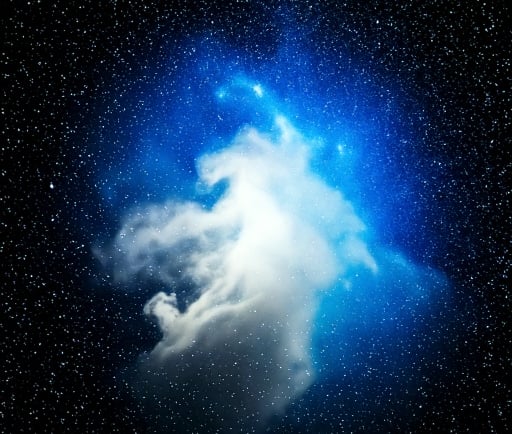The Fomalhaut System: A Cosmic Collision Unleashes an Expanding Dust Cloud


Introduction to the Fomalhaut System
The Fomalhaut system, a captivating and intriguing part of our galaxy, is renowned for its distinct features and its potential for harboring celestial wonders. Located approximately 25 light years from Earth in the constellation Piscis Austrinus, Fomalhaut is a main-sequence star surrounded by a planetary system that includes at least one confirmed exoplanet, Fomalhaut b. This system has drawn the attention of astronomers and space enthusiasts alike due to its unique properties and significant discoveries.
Understanding the Cosmic Collision
A recent phenomenon within the Fomalhaut system has captivated scientists' attention: the collision of two ice bodies in its outer reaches. This dramatic event released a substantial amount of gas as well as comet-like fragments, reshaping our understanding of how celestial bodies interact. Such collisions are not merely obstacles but rather key processes that give rise to the diverse chemical and physical states of bodies in a solar system.
The energy generated from this collision could potentially influence the orbits and stability of other bodies within the system. The debris emitted from the impact, which includes gas and fragmental ice, may also provide essential clues regarding the formation processes of not only the Fomalhaut system but of many similar systems in our galaxy.
The Implications of Cosmic Events
The result of this collision serves as a reminder of the dynamic and ever-changing nature of our universe. Astronomers are keenly investigating the implications of such events, as they can affect future planetary formation and even impact the habitability of existing planets and moons. These ice bodies, critically composed of water and organic materials, hint at the potential for life-sustaining elements in seemingly inhospitable regions of space.
Furthermore, the comet-like fragments generated through the collision provide fascinating clues about polycyclic aromatic hydrocarbons (PAHs), which are building blocks for life. The release of these molecules into the Fomalhaut system could be an essential factor influencing the chemical evolution of its environments.
As this research continues, we stand to gain a deeper understanding of planetary formation, the evolution of circumstellar disks, and the nature of solar systems similar to our own. Each new discovery helps to solve the mysteries of the universe and our place within it.
Conclusion
In conclusion, the Fomalhaut system has emerged as a vibrant arena of exploration with the collision of two ice bodies, significantly enhancing our knowledge about cosmic occurrences. The release of gas and comet-like fragments is not merely a destructive event; it paves the way for new scientific inquiries and knowledge. The impacts of these cosmic phenomena will undoubtedly continue to reveal the complexities of star systems and encourage future explorations beyond our solar system.
